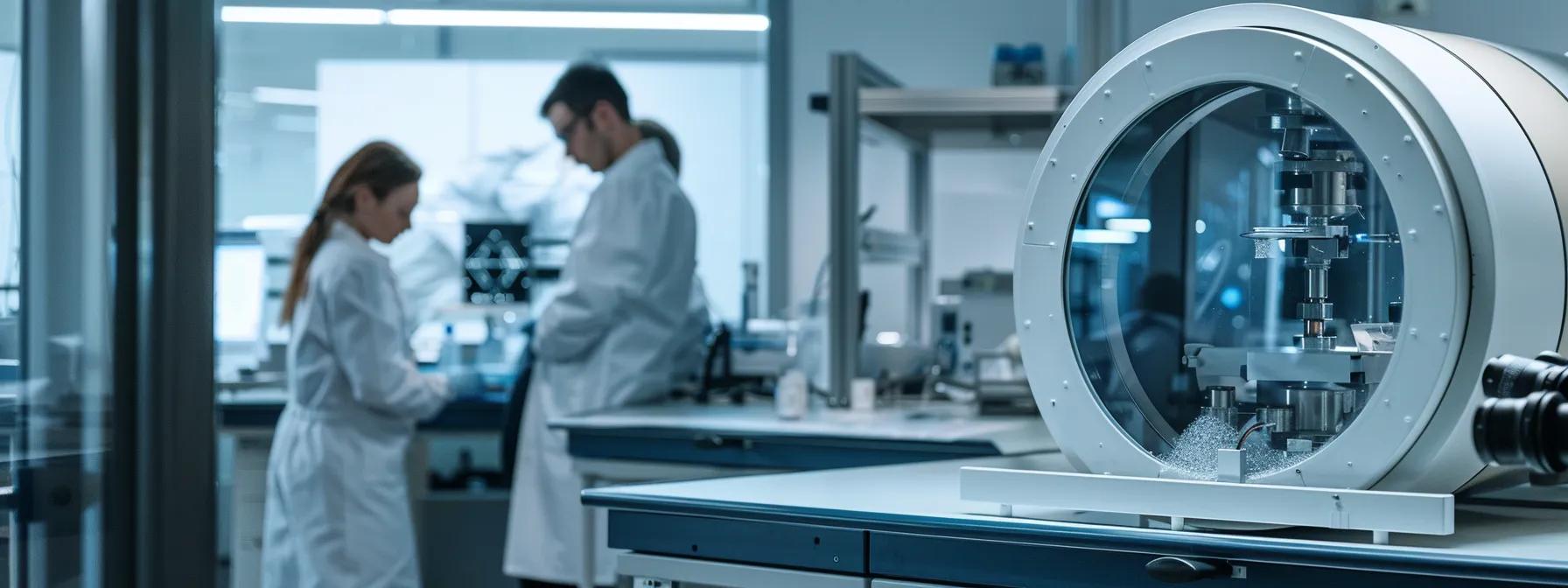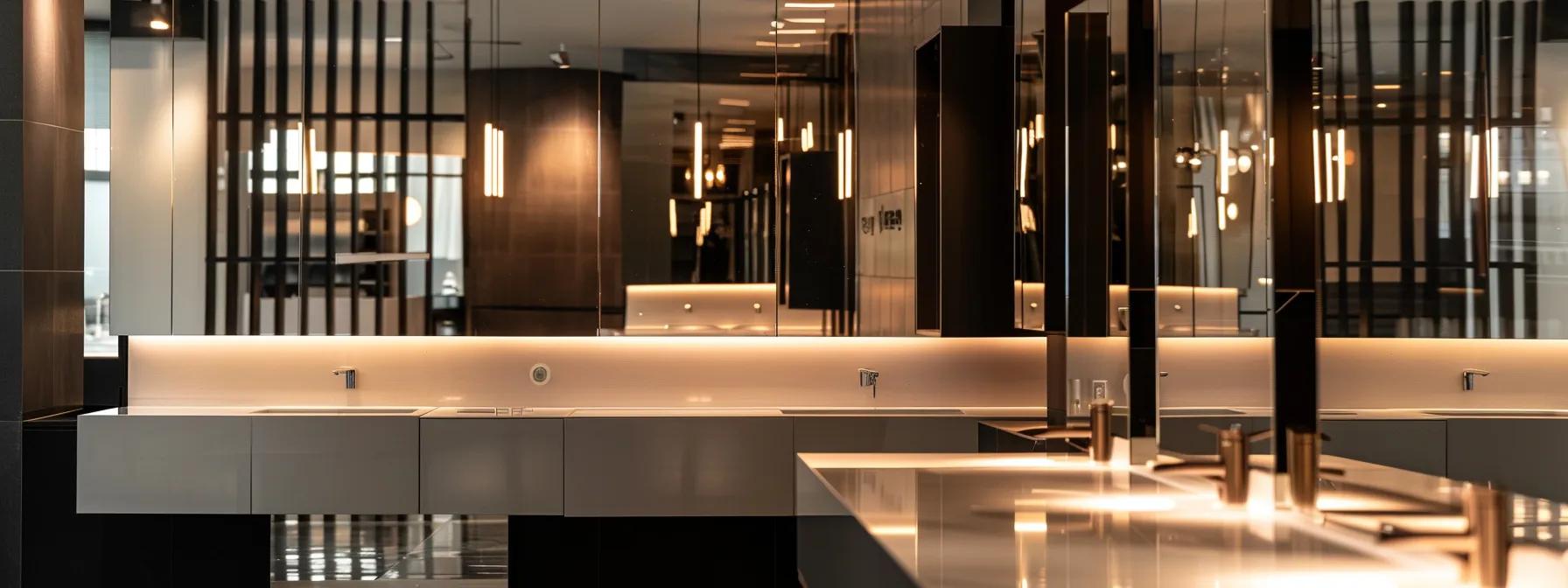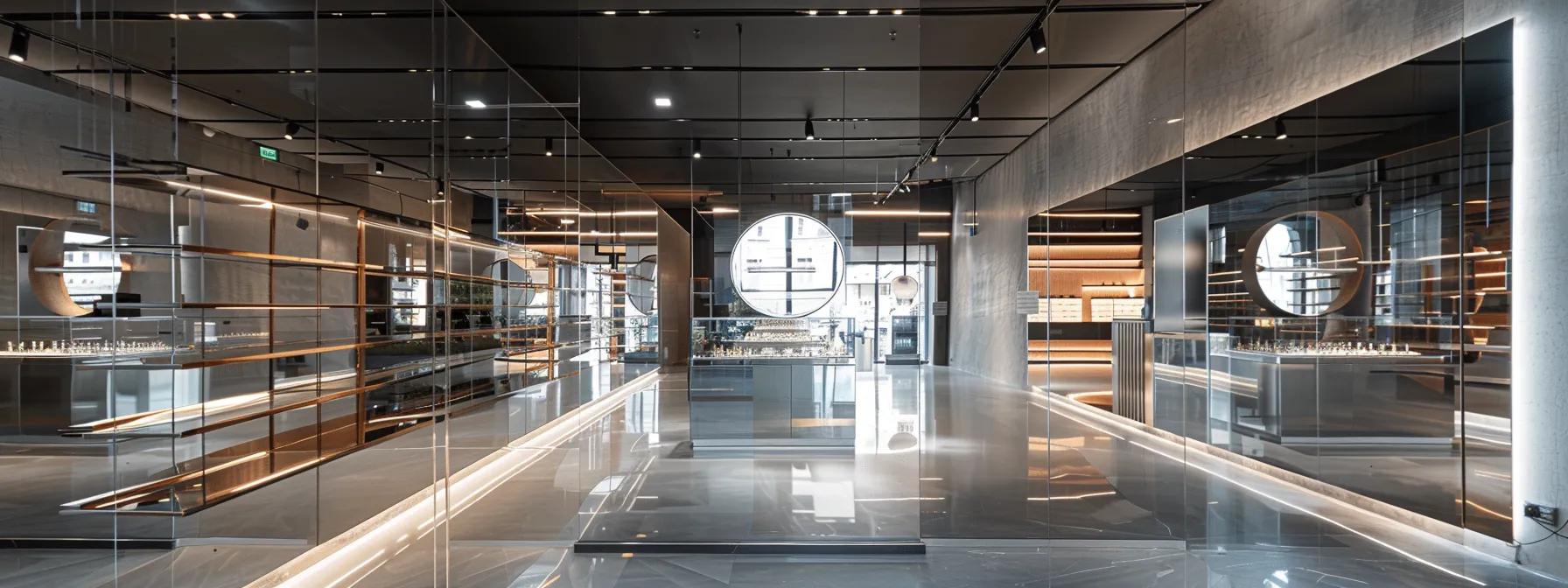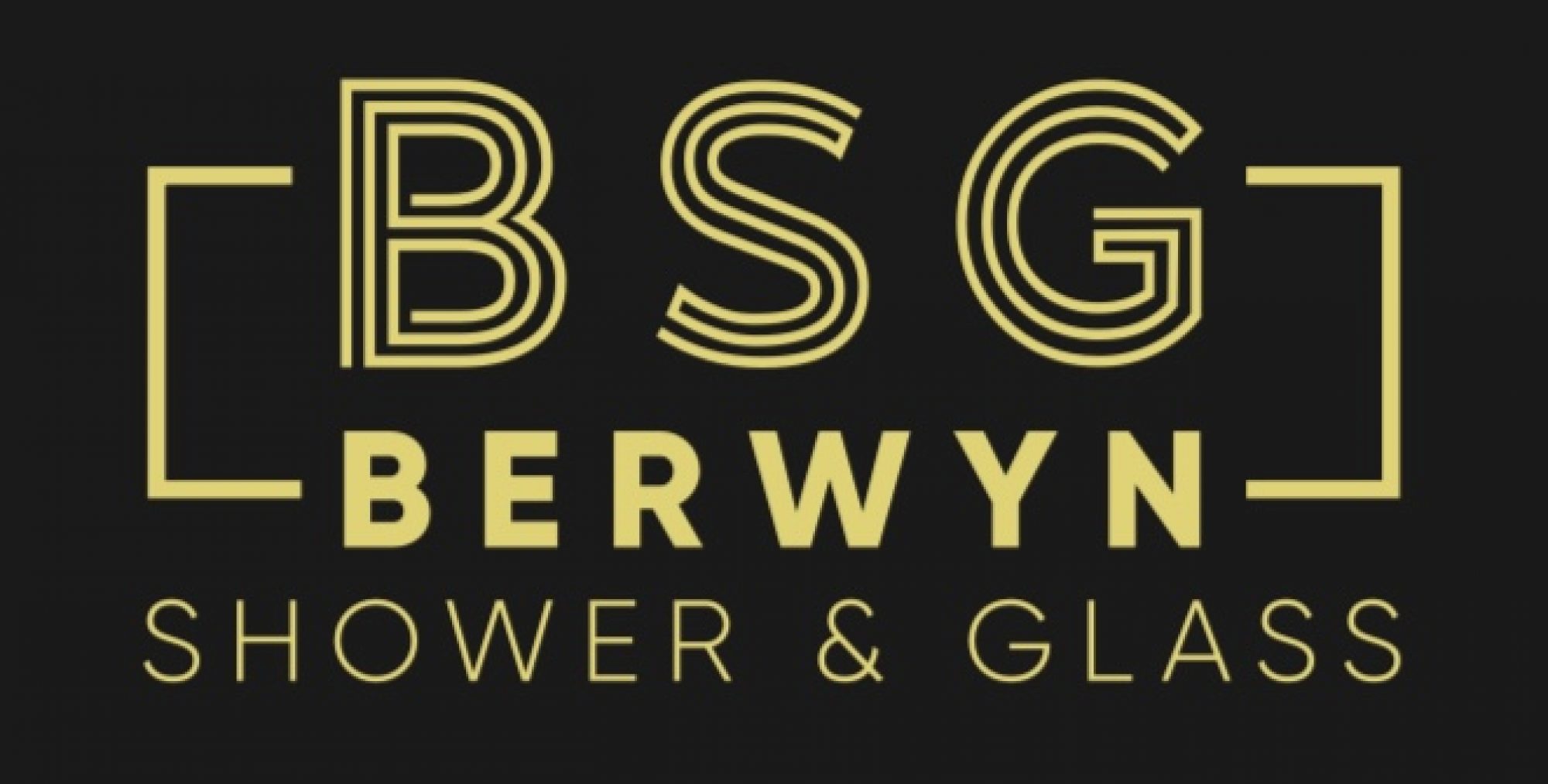Mirror Types Explained: Understanding Plane, Convex, and Concave Mirrors
Mirrors have played a vital role in design, engineering, and optical applications for centuries. They enhance interior décor, serve in scientific instruments, automotive safety systems, and concentrated solar power devices. This article examines plane, convex, and concave mirrors, explaining their working principles, underlying physics, practical applications, and selection factors. By exploring optical phenomena such as specular reflection, focal points, and image formation, readers gain a comprehensive understanding of the science behind mirrors. The content supports brand authority and lead generation for custom mirror sales and installation by blending scientific principles with real-world applications.
Transitioning from basic definitions to detailed comparisons, the following sections clarify each mirror type and the science behind reflection, ensuring you can make informed decisions when selecting a mirror for residential or commercial use.
Key Takeaways – Plane vs Convex vs Concave Mirrors
- Plane mirrors = true-to-size reflections. A flat surface obeys the simple “angle in = angle out” law, giving perfect, undistorted virtual images — ideal for bathrooms, dressing rooms, alignment tools, and décor that requires accurate scale.
- Convex mirrors = wide-angle safety. Outward curve makes rays diverge, shrinking the image but expanding the field of view; perfect for vehicle side-/rear-view, store security, and roadway blind-spot fixes.
- Concave mirrors = focus & magnification. Inward bowl shape converges light to a focal point; can switch between real (inverted) and virtual (magnified) images based on object distance. Think telescopes, headlamps, solar concentrators, and makeup mirrors.
- Key physics cheat-sheet:
- Plane: flat, virtual, same size, infinite focal length.
- Convex: bulges out, virtual, reduced, negative focal length, diverging rays.
- Concave: curves in, real or virtual, magnified or inverted, positive focal length, converging rays.
- Choose by use-case: Need exact reflection → plane. Need broader view & safety → convex. Need light concentration or enlarged detail → concave.
- Other factors: coating quality (silver/aluminum), durability, environmental exposure, mounting hardware, and aesthetics all affect performance and longevity.
What Is a Plane Mirror and How Does It Work?

A plane mirror is a flat reflective surface that produces images identical in size and shape to the object. It reflects light according to the law of reflection, where the angle of incidence equals the angle of reflection. Its predictable behavior makes it a foundation in many optical applications.
What Are the Key Characteristics of Plane Mirrors?
Plane mirrors have completely flat surfaces with no curvature. They offer 100% specular reflection with consistent angular dispersion. Constructed by coating a glass substrate with a thin layer of silver or aluminum, these mirrors produce virtual, laterally reversed images. Their reliability is crucial in household mirrors, bathrooms, dressing rooms, and optical instruments that require accurate, undistorted reflections.
How Does Reflection Occur in Plane Mirrors?
When light rays strike a plane mirror, they are reflected uniformly. The image appears as far behind the mirror as the object is in front. This consistency, governed by the law of reflection, is highly valued in precision optical devices like periscopes and laser instruments.
What Are Common Applications of Plane Mirrors?
Plane mirrors are used in indoor decorative mirrors, precision alignment tools, safety devices in vehicles, and architectural elements to create an illusion of expanded space. They also play key roles in telescopes, microscopes, and industrial conveyor systems where accurate image representation is essential.
How Do Plane Mirrors Compare to Other Mirror Types?
Unlike convex and concave mirrors, plane mirrors produce images that are true-to-size without any magnification or reduction. They do not alter the light path with curvature effects, making them ideal for applications where exact image dimensions are necessary. However, they cannot focus light or provide a wide field of view.
How Do Convex Mirrors Work and What Are Their Uses?
Convex mirrors feature an outwardly curved surface that causes light rays to diverge upon reflection. This divergence produces smaller images that appear farther away, creating a panoramic view of the area. They are particularly useful for applications requiring a wider field of view.
What Defines a Convex Mirror’s Shape and Reflection?
The outward bulge of a convex mirror means every point on its surface redirects light so that the rays spread out, resulting in a reduced image. This property is exploited in vehicles for side and rear-view mirrors, as the diminished, wide-angled view minimizes blind spots and improves situational awareness.
How Is Image Formation Different in Convex Mirrors?
Due to their curvature, convex mirrors form virtual, diminished images located behind the mirror’s surface. The constant reduction in image size is beneficial in automotive safety and security, where a broader view is more important than detailed image reproduction.
What Are Typical Applications of Convex Mirrors?
Convex mirrors are primarily used where safety and full coverage are critical. They are installed on heavy vehicles (trucks, buses) to enhance rear and side visibility, and in retail or security settings to monitor blind spots. They are also found in roadway installations at curves and pedestrian intersections to broaden drivers’ fields of view.
What Are the Advantages and Limitations of Convex Mirrors?
The key advantage of convex mirrors is their extended field of view, essential for safe driving and surveillance. They are lightweight and can be molded into various shapes. However, the reduced image detail and inherent distortion limit their use in situations that require precise measurements or detailed observation.
How Do Convex Mirrors Differ From Plane and Concave Mirrors?
Convex mirrors differ from plane mirrors by producing reduced, virtual images rather than true-to-size reflections. In contrast to concave mirrors, which can converge light and magnify images, convex mirrors always diverge light, providing a broader visible area without concentration effects.
What Is a Concave Mirror and How Does It Function?

Concave mirrors have an inwardly curved surface that converges light to a focal point. This ability to focus light makes them valuable in applications that require image magnification, precise illumination, or light concentration.
What Are the Optical Properties of Concave Mirrors?
The inward curvature of concave mirrors makes them converge parallel light rays to a common focal point. Depending on an object’s position relative to this focal point, concave mirrors can produce real, inverted images or virtual, magnified images. They are manufactured with high-quality reflective coatings, ensuring minimal light loss and excellent clarity in demanding optical applications.
How Do Concave Mirrors Form Real and Virtual Images?
When an object is placed beyond a concave mirror’s focal point, a real, inverted image is formed and can be projected onto a screen. If the object is positioned between the mirror and the focal point, the mirror produces a virtual, upright, and magnified image. This versatile image formation is crucial for devices such as reflecting telescopes and headlamps.
What Are Common Uses of Concave Mirrors?
Concave mirrors are key components in reflecting telescopes, automotive headlamps, and solar concentrators. They are also used in cosmetic mirrors where magnification is beneficial. Their ability to concentrate light makes them indispensable in both scientific research and everyday precision tasks.
What Are the Benefits and Drawbacks of Concave Mirrors?
The benefits of concave mirrors include their capacity to concentrate light and magnify images, making them ideal for optical focusing applications. However, their performance can vary with curvature, potentially introducing distortion if not accurately designed. They also require more careful alignment compared to plane and convex mirrors.
How Does a Concave Mirror Compare to Plane and Convex Mirrors?
Concave mirrors differ from plane mirrors by converging light to produce magnified images, while convex mirrors diverge light to provide a wide view. Their ability to adjust image type based on object position adds versatility, making them suitable in applications that require focused detail and adjustable magnification.
What Are the Main Differences Between Plane, Convex, and Concave Mirrors?
The major differences among mirror types lie in their curvature and resultant image characteristics. Plane mirrors provide true-to-size, undistorted virtual images; convex mirrors deliver reduced, wide-angle views; and concave mirrors can magnify or focus light, forming real or virtual images based on object placement.
How Do Image Types Vary Across Mirror Types?
Image formation varies with the mirror’s curvature. Plane mirrors produce virtual images identical in size to the reflected object. Convex mirrors generate smaller images with a wide field, while concave mirrors can yield either real, inverted images or virtual, magnified images depending on the distance of the object from the mirror.
How Does Curvature Affect Reflection and Image Formation?
In plane mirrors, a flat surface ensures uniform light reflection. Convex mirrors cause reflected light to diverge, yielding reduced images, and concave mirrors cause light to converge, leading to either focused, magnified images or real projections. The degree of curvature directly determines image size, clarity, and field coverage.
Which Mirror Type Is Best for Specific Applications?
The appropriate mirror type depends on the application: – Plane mirrors suit interior design and personal grooming where accurate, undistorted reflections are needed. – Convex mirrors are ideal for automotive and security uses due to their enhanced field of view. – Concave mirrors are best for optical instruments, headlamps, and solar concentrators, where focusing and magnification of light are required.
What Are the Size and Shape Considerations for Each Mirror Type?
Size and shape are crucial when selecting a mirror. Plane mirrors can range from small handheld designs to large decorative wall pieces. Convex mirrors are typically compact to minimize distortion while offering broad coverage, making them common in vehicle applications. Concave mirrors require precise dimensions to achieve accurate focal points and magnification, impacting both performance and aesthetic integration.
How to Choose the Right Mirror Type for Your Needs?

Selecting the right mirror involves considering both performance and aesthetic requirements. Decisions should be guided by the intended use, environmental conditions, and specific visual needs like field of view, image clarity, and magnification.
What Factors Should You Consider When Selecting a Mirror?
Key factors include the mirror’s curvature, reflective quality, durability, and compatibility with the environment. For exact reflections in interior décor, plane mirrors are optimal; for broader views in vehicles or security, convex mirrors are preferable; and for concentrated light applications, concave mirrors are the best choice. Material quality, reflective coatings (such as silver or aluminum), and installation requirements are also critical.
How Do Mirror Types Impact Home Decor and Interior Design?
In interior design, plane mirrors enhance spatial perception and light distribution. Convex mirrors add stylistic flair while ensuring wide coverage in high-traffic areas. Although less common in everyday décor, concave mirrors serve as dramatic statement pieces or specialized lighting fixtures, transforming the look and feel of a space.
Which Mirror Types Are Ideal for Automotive and Safety Uses?
Automotive and safety applications benefit most from convex mirrors due to their ability to provide a wider field of view, reducing blind spots and ensuring prompt reaction times. Although concave mirrors may be used in specific lighting systems, plane mirrors are rarely chosen for vehicles because they do not offer the necessary panoramic view.
How Can Understanding Mirror Physics Improve Your Choice?
A clear understanding of how curvature influences reflection and image formation allows consumers and professionals to choose mirrors that best meet their needs. Recognizing that a mirror’s shape and size directly affect its functionality helps in selecting a mirror that provides either accurate reflections for interior design or a broader view for safety applications.
What Is the Science Behind Reflection, Focal Points, and Image Formation?
The science of mirror function centers on geometric optics. Light reflection obeys the law of reflection—the angle of incidence equals the angle of reflection. Different mirror types manipulate light via their curvatures, producing various image types. This foundational knowledge is essential for optimizing mirror use in both residential décor and scientific instruments.
How Does Light Reflect on Different Mirror Surfaces?
In plane mirrors, light reflects uniformly, preserving both size and shape. Convex mirrors cause light to diverge, generating smaller and wider images. In contrast, concave mirrors converge light to a focal point, resulting in sharp images whose characteristics depend on the mirror’s curvature.
What Are Focal Point and Focal Length in Mirrors?
The focal point is where parallel incoming light rays converge (in concave mirrors) or appear to diverge from (in convex mirrors). The focal length is the distance from the mirror’s surface to this point. Shorter focal lengths in concave mirrors lead to greater magnification and concentrated images, which is essential for applications like solar concentrators and telescopes, while convex mirrors exhibit a negative focal length correlating with their diverging effect.
How Do Real and Virtual Images Form in Various Mirrors?
Plane mirrors create virtual images behind the mirror’s surface. Convex mirrors only produce virtual, diminished images. Concave mirrors can form either real, inverted images when objects are beyond the focal point or virtual, magnified images when objects are within the focal range. This versatility is integral to the design of optical devices.
Why Is Understanding These Concepts Important for Mirror Selection?
Knowing how reflection, focal points, and image formation work enables better mirror choices. Matching a mirror’s properties to its intended function ensures optimal performance, whether for enhancing spatial perception in interior design or extending the visible field for automotive safety.
Where Can You Find Quality Plane, Convex, and Concave Mirrors?

Quality mirrors are crucial in modern applications such as interior design, automotive safety, and industrial processes. They are manufactured to meet strict standards of reflectivity, durability, and optical clarity. Trusted family-owned glass shops and specialized mirror manufacturers offer custom solutions with certified reflective coatings and premium craftsmanship to ensure longevity and performance.
What Types of Plane Mirrors Are Available for Home Decor?
Home décor offers a variety of plane mirrors, from large wall mirrors that enhance space perception to artisan pieces with unique shapes. These mirrors come in multiple geometries—rectangular, circular, or custom designs—to suit diverse interior styles, complemented by high-quality glass and premium coatings for clear, undistorted reflections.
Which Convex Mirrors Are Best for Automotive Safety?
For automotive safety, convex mirrors are engineered with robust materials and precise curvatures to maximize the viewing field and reduce distortion. They are designed to withstand harsh conditions such as extreme temperatures and vibrations and are certified to comply with national highway traffic safety standards, ensuring they reliably reduce blind spots.
What Are Popular Concave Mirrors for Personal and Scientific Use?
Concave mirrors come in various sizes and focal lengths tailored for applications including cosmetic magnification in makeup mirrors, as well as in telescopes, laser systems, and solar concentrators. Their high-performance reflective coatings ensure minimal light scattering, making them ideal for both personal and scientific use.
How to Choose Mirror Accessories and Installation Tips?
Selecting the right accessories—mounting brackets, frames, and anti-fog treatments—is critical for both performance and aesthetics. Proper installation must account for the mirror’s weight and environmental conditions. Consulting certified experts, such as those at Berwyn Glass, can ensure a secure and visually appealing setup that enhances both functionality and longevity.
Table: Comparison of Mirror Types and Their Key Attributes
Before further discussion, refer to the table below for a quick summary of each mirror type’s characteristics, applications, and benefits.
| Mirror Type | Curvature | Image Characteristics | Ideal Applications | Key Benefits |
|---|---|---|---|---|
| Plane Mirror | Flat | Virtual, same size, laterally reversed | Home décor, dressing rooms, precision tools | Accurate, undistorted reflections |
| Convex Mirror | Outward curved | Virtual, reduced size, wide field | Vehicle side mirrors, security installations | Expands field of view, enhances safety |
| Concave Mirror | Inward curved | Real (inverted) or virtual (magnified) | Telescopes, headlamps, solar concentrators | Focuses light, magnifies images |
Top 7 Mirror Selection Considerations
When choosing a mirror, consider the following factors:
- Reflective Quality – High specular reflection ensures clear, distortion-free images.
- Curvature – The chosen flat, convex, or concave shape affects image size, field of view, and magnification.
- Durability – Materials and protective coatings (silver or aluminum) determine how well the mirror withstands daily use.
- Size and Shape – Mirrors should match the dimensions and design aesthetic of the intended space.
- Installation Accessories – Proper brackets, frames, and anti-fog treatments ensure secure mounting and longevity.
- Environmental Conditions – Consider exposure to humidity, temperature changes, and sunlight.
- Aesthetic Versus Functional Balance – Choose mirrors that not only perform well but also enhance interior design.
Table: Mirror Selection Factors Overview
Below is a structured comparison of the key selection factors:
| Factor | Benefit | Application Area | Consideration Detail |
|---|---|---|---|
| Reflective Quality | Clear, undistorted images | Home décor, optical instruments | Ensure high specular reflection with quality coatings |
| Curvature | Determines image size/field | Automotive, scientific devices | Choose flat, convex, or concave shapes as needed |
| Durability | Long-lasting performance | Commercial/residential spaces | Use robust materials and protective layers |
| Size and Shape | Fits design requirements | Interior design, custom installations | Align mirror dimensions with the space |
| Installation Accessories | Enhances aesthetics and safety | Both residential and commercial | Secure mounting, proper framing, and anti-fog treatments |
| Environmental Conditions | Ensures longevity | Outdoor displays, industrial | Resistance to humidity, temperature fluctuations, and UV |
| Aesthetic Balance | Combines function and style | Retail, personal styling | Integrate design elements for a harmonious look |
Frequently Asked Questions
Q: What factors determine the quality of a mirror’s reflection?
A: The quality depends on the reflective coating, surface smoothness, and construction materials. Premium mirrors use high-quality silver or aluminum on smooth glass to ensure a clear, distortion-free reflection. Maintaining the mirror and preventing scratches further enhances its performance.
Q: How do convex and concave mirrors differ in function compared to plane mirrors?
A: Convex mirrors diverge light to provide a wide field of view and reduced image size, ideal for safety. Concave mirrors converge light to focus or magnify images, serving applications needing detail or light concentration. Plane mirrors, by contrast, produce true-to-size virtual images with no magnification or reduction.
Q: Can mirrors be customized for interior design applications?
A: Yes, mirrors can be customized in size, shape, and coating. Custom framing and decorative treatments allow them to fit specific interior themes while ensuring optimal reflective properties.
Q: What are the maintenance requirements for high-quality mirrors?
A: Regular cleaning with non-abrasive, glass-safe solutions is necessary to remove dust and smudges. It is also important to inspect and maintain the mounting hardware and address any signs of corrosion to preserve performance.
Q: How do environmental conditions affect mirror performance?
A: Factors like humidity, temperature fluctuations, and UV exposure can wear down a mirror’s coating and durability. Installing mirrors in sheltered areas or using specialized coatings can help maintain their performance over time.
Q: What role does mirror curvature play in focal length and image clarity?
A: Curvature directly affects focal length—the distance where light rays converge or appear to diverge—which in turn influences image clarity and magnification. Concave mirrors, for example, yield greater magnification with a shorter focal length, while convex mirrors have a negative focal length that broadens the field of view but reduces detail.
Q: Are there industry certifications for high-quality mirrors?
A: Yes, many mirror manufacturers follow rigorous testing and certification processes to meet industry standards for safety, optical clarity, and durability, particularly important in automotive, architectural, and scientific applications.
Final Thoughts
This article has explored the types, functions, and applications of plane, convex, and concave mirrors. Plane mirrors deliver true-to-size, undistorted reflections; convex mirrors offer a broad field of view for enhanced safety; and concave mirrors provide focused, magnified images essential for optical applications. Understanding the science of light reflection and image formation can help consumers and professionals make informed choices that enhance both functionality and aesthetics. Collaborating with certified experts ensures that the chosen mirror meets all performance and design requirements.

